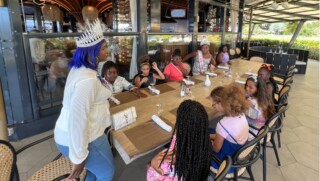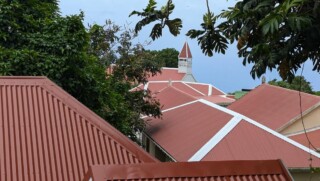Conservationists Seek Legal Protection for Bonaire’s Freshwater Wetlands
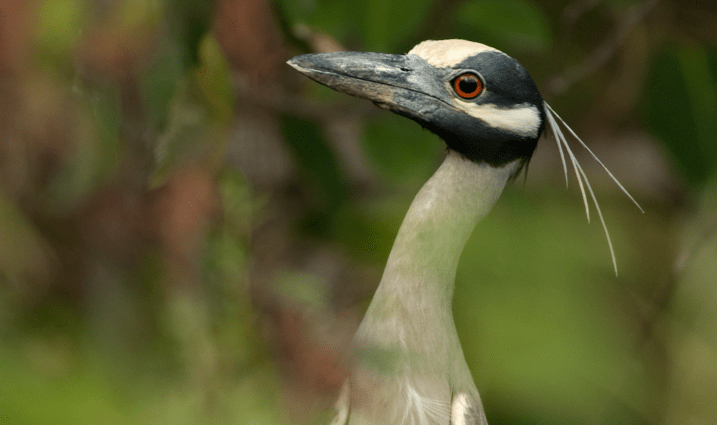
Kralendijk -Bonaire has a number of important nature reserves and the majority of them enjoy legal protection. However, this does not apply to the one area of Bonaire, the LVV environs, which hosts the highest amount of observed bird species.
Bonaire’s only freshwater wetlands are at the LVV site and its adjacent surrounding areas of the wastewater treatment plant, south of Kaminda Lagun. The permanent presence of freshwater makes this location a magnet for birds, either residential or migratory.
Over 60% of Bonaire’s recorded bird species have been found at the freshwater wetlands.
So far, 238 species of birds have been observed, identified, and officially recorded on Bonaire. Despite the limited size of the freshwater wetlands at the LVV environs, more than 130 different bird species (over 60%) have been identified at the LVV just since 2015 (when wastewater treatment commenced), many more than in any other area of Bonaire.
The freshwater wetlands are imperative for local breeding species, as well as for birds which are migrating or spending the winter.
There are approximately fifty species of birds which breed on Bonaire. Of these, nine species breed exclusively, or nearly exclusively, in the freshwater wetlands.
These are birds like American Coots, Common and Purple Gallinules and Black-bellied Whistling-Ducks. In addition, the freshwater wetlands are an important stop for many species that travel from their breeding grounds in North America to their wintering grounds in South America, and vice versa. These birds, especially all kinds of songbirds, find enough food and rest at the freshwater wetlands to gain strength for the continuation of their long migrations. For instance, in October one can find large flocks of Bobolinks which feed in this area.
Each winter, numerous birds visiting from North America, especially ducks and waders, are also observed at the freshwater wetlands where they spend the winter. In the 2019/2020 winter season, a female Ring-necked Duck passed the winter on Bonaire at the freshwater wetlands. This is a very rare bird on the ABC-islands.
Since 2016, fourteen “new” species have been identified on Bonaire. Half of these species were observed in this area of just one square kilometer. Some of these, like Crowned Slaty Flycatcher and White-winged Tern, were even new for the ABC’s. Relatively many of the other wanderers–nomadic or vagrant species that are only occasionally observed on Bonaire–have been found to be present in the LVV area.
Bonaire’s population of the Grasshopper Sparrow.
The area of the LVV environs is of special significance for the survival of a unique bird, the subspecies caribaeus of the Grasshopper Sparrow (Ammodramus savannarum). This subspecies only occurs on Curaçao (where it is nearly extirpated) and in a very few locations on Bonaire. The largest population by far is located at the LVV site where it was estimated in a 2018 study that approximately 20 birds remained. If for no other reason, the LVV area deserves adequate legal protection to ensure the continuation of this subspecies of the Grasshopper Sparrow.
Conservationists request legal protection due to the avian importance of the LVV and its environs.
A memorandum on the importance of the LVV and its environs was recently presented to the relevant department of the OLB. The memorandum also discussed the possibilities of the area as a tourism nature area for birdwatching. Appendices to the memorandum included a report of the findings of American scientists from their 2018 research on the Grasshopper Sparrow subspecies caribaeus on Bonaire and Curaçao, as well as an overview of all bird species identified to date in the LVV area.
Conservationists hope that this memorandum will result in the LVV environs being preserved as a valuable freshwater wetland, that the area will remain suitable as a nesting site for the rare Grasshopper Sparrow, and that it will receive the legal protection it deserves. According to them, nature protection can be combined with the development of small scale nature tourism activities.
Due to the great importance of this area for birds, it is necessary to grant this area legal protected status.
Also read
- Traveling abroad?

- Curaçao Seeks ‘Level Playing Field’ for Local Airlines
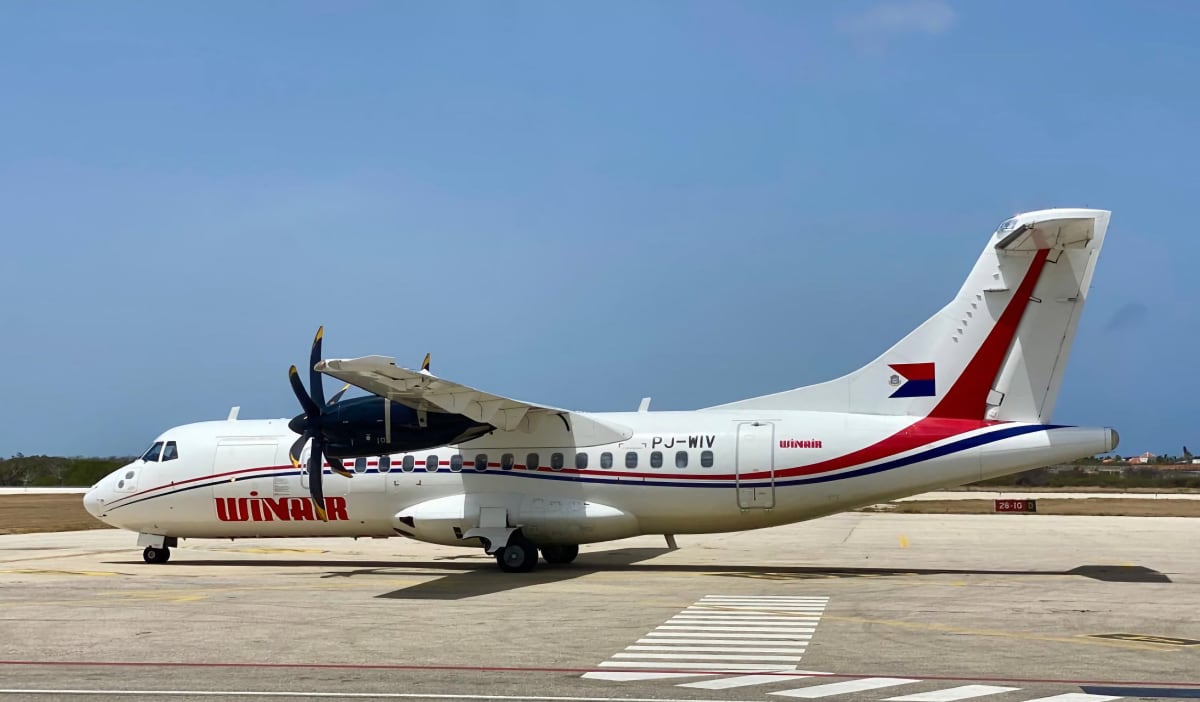
- First Edition of Bonaire by Night on Friday, August 2
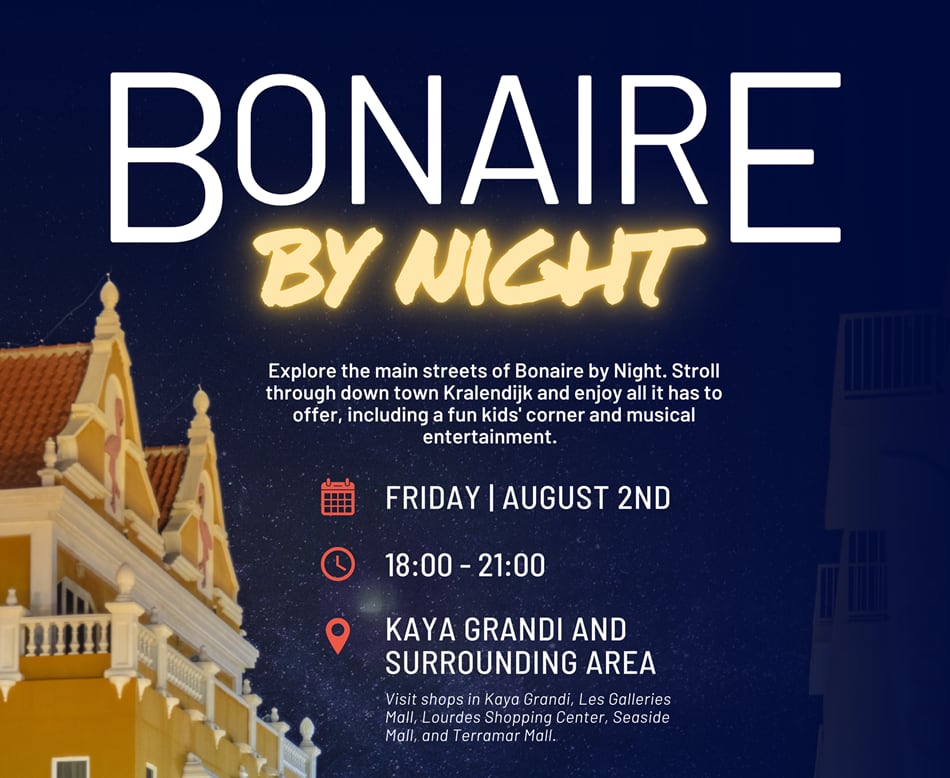
- Edsel Winklaar appointed interim director at Selibon N.V.

- Bonaire Human Rights Organization advocates for Bonaire in Azerbaijan









